All products featured are independently chosen by us. However, SoundGuys may receive a commission on orders placed through its retail links. See our ethics statement.
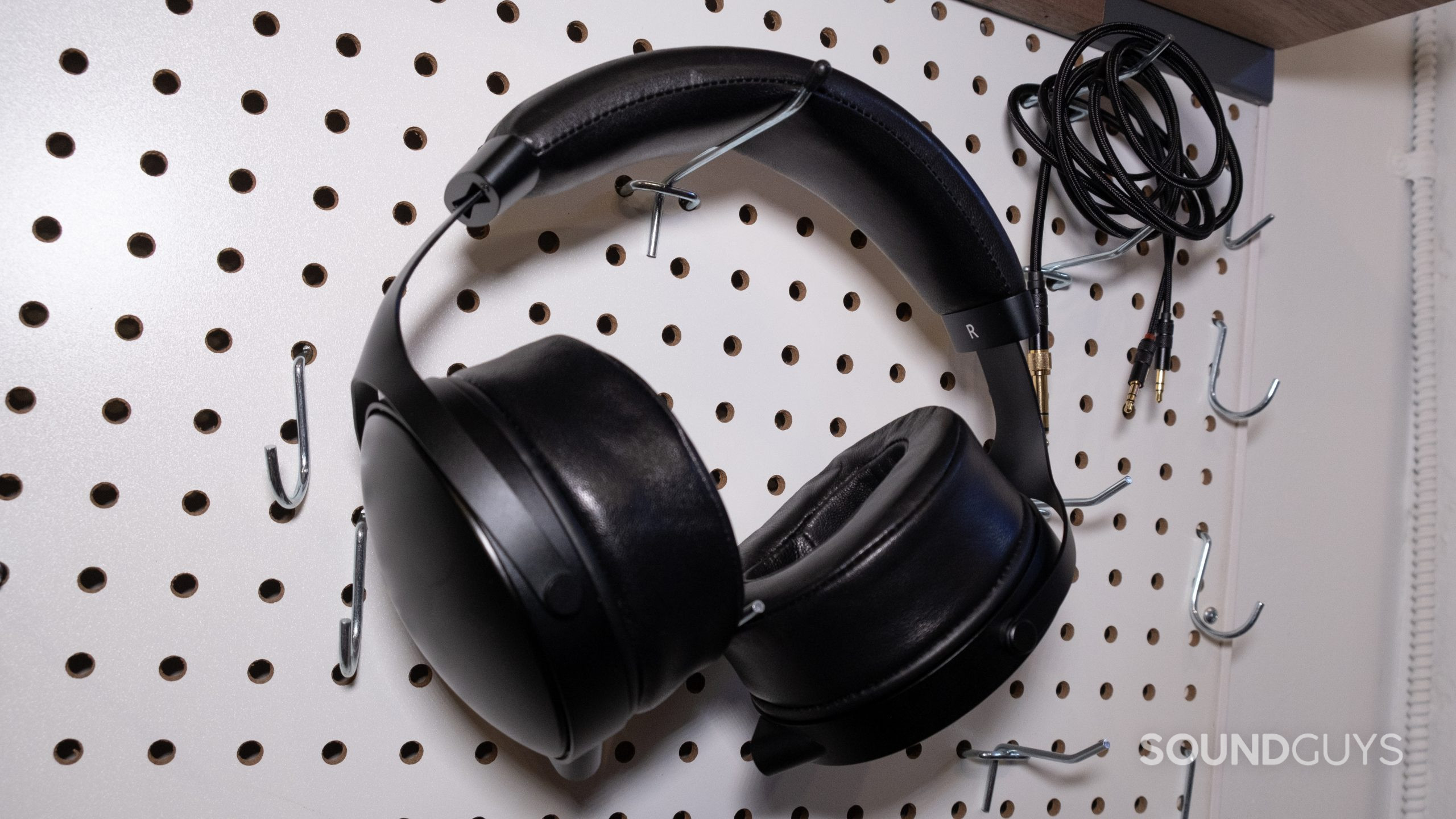
Monolith by Monoprice M1070C review
June 23, 2022
Monolith by Monoprice M1070C
For many music fans and budding audiophiles, the promise of planar technology can seem out of reach. It’s expensive, and we all have other obligations in life to attend to, which often pushes such luxuries to the side. Perhaps the Monolith by Monoprice 1070C is the planar headset you’ve been waiting for. While nobody can call the M1070C cheap, at $299 USD it’s affordable relative to five-figure planar headphones.
Is the Monolith M1070C your holy grail headset?
Editor’s note: this Monoprice M1070C review was updated on June 23, 2022, to address an FAQ about the HiFiMan Sundara and to update the formatting.
- Audiophiles on a budget can appreciate the good sound for comparatively inexpensive planar technology from Monoprice’s headphones.
- Anyone with multiple headsets who wants a dedicated pair of desktop headphones is sure to appreciate the premium build of the M1070C.
What’s it like to use Monolith by Monoprice M1070C?
The first thing you notice with the Monolith by Monoprice M1070C is its comedically huge size. Tipping the scales at a chunky 642g (1.4lb), your head and neck will essentially weightlift while you listen. Monoprice supplies limited documentation with the planar headset, shipping it in a (recyclable) cardboard box and a molded zip case the diameter of a dinner plate. Hats off to Monoprice for not overdoing the packaging or logos. The Monolith line’s logo appears discreetly on the sides of the headband.
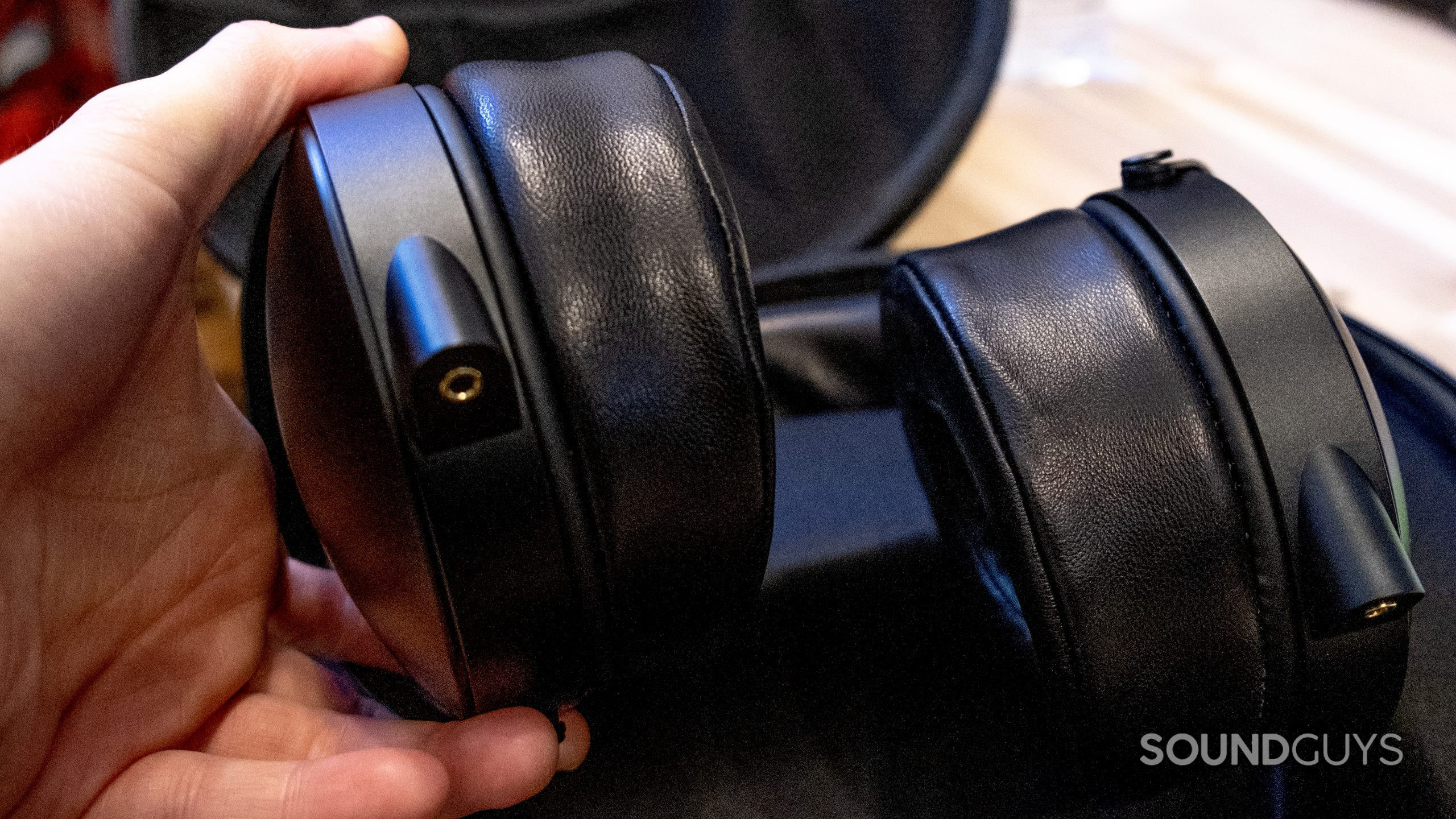
An ample faux leather headband joins the mostly metal headphones. Even so, you’re unlikely to enjoy wearing the M1070C for long periods—this is not exclusive to those who are sensitive to heavy headphones. I don’t usually have any issue with hefty headphones, however, after an hour I feel real discomfort from all the weight of the M1070C centered over a small contact point on my crown. This extends down into my neck; it’s like text neck.
The M1070C could do with a tighter grip to better disperse the weight. This would also help the ear cups stay still when I nod my head along to music. Here’s the thing: the metal is oddly soft enough to just bend by hand—a child’s strength could do it—and create grip. This is not the ideal solution and does not inspire long-term confidence, because if you can bend the metal with minimal effort, the metal probably won’t stand the test of time.
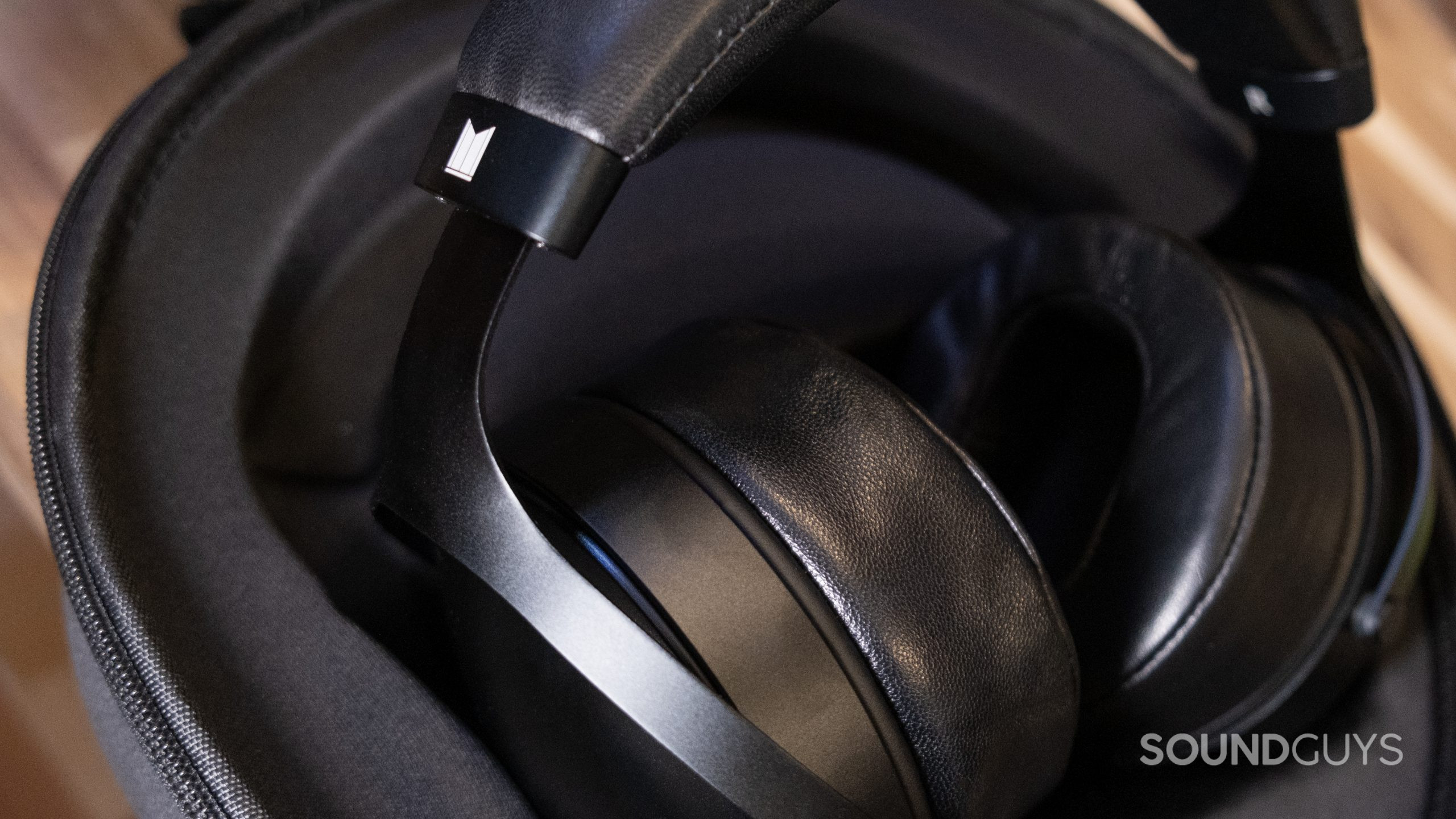
To really get a sense of the size of this beast, consider that the neodymium planar drivers are a whopping 106mm in size. For context, an average to large headset like the Audio-Technica ATH-M50xBT2 sports 45mm drivers. Monoprice’s headset is not called “Monolith” because it’s pocketable.
The ideal use case for the M1070C is critical listening. For most the size and weight rates it unsuitable for commuting or a long flight. The metal closed-back ear cups at least save you from sound leakage in those scenarios. However, the lack of noise canceling and size means you want a quiet room with a comfy chair and low environmental noise. Maybe grab one of those airplane pillows for support.
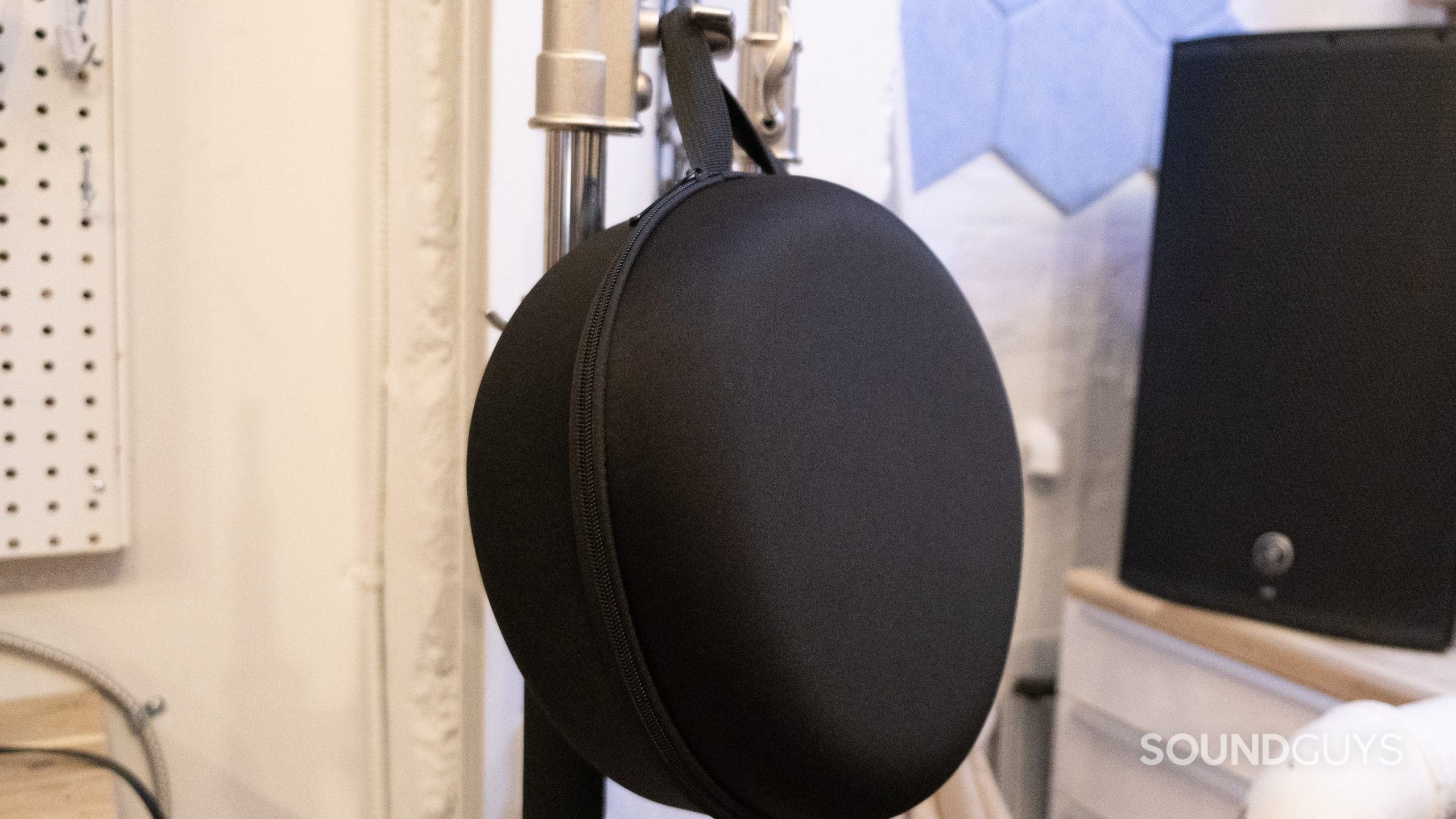
As mentioned, the M1070C ships with a nice quality zip case. Like other premium headphone cases, the inside is molded to fit the headphones perfectly, with a netted pocket inside to keep the second set of ear pads (velour) and included detachable cable. The handle means you can do some bicep curls with it when you’re not wearing the headset and stow it away. The cable is braided with 3.5mm connections to each ear cup and ends in a 3.5mm headphone jack, or 1/4-inch with the optional adapter. This cable radiates quality, and if it breaks, you can easily replace it, extending the M1070C lifespan.
Does the Monolith by Monoprice M1070C require a headphone amp?
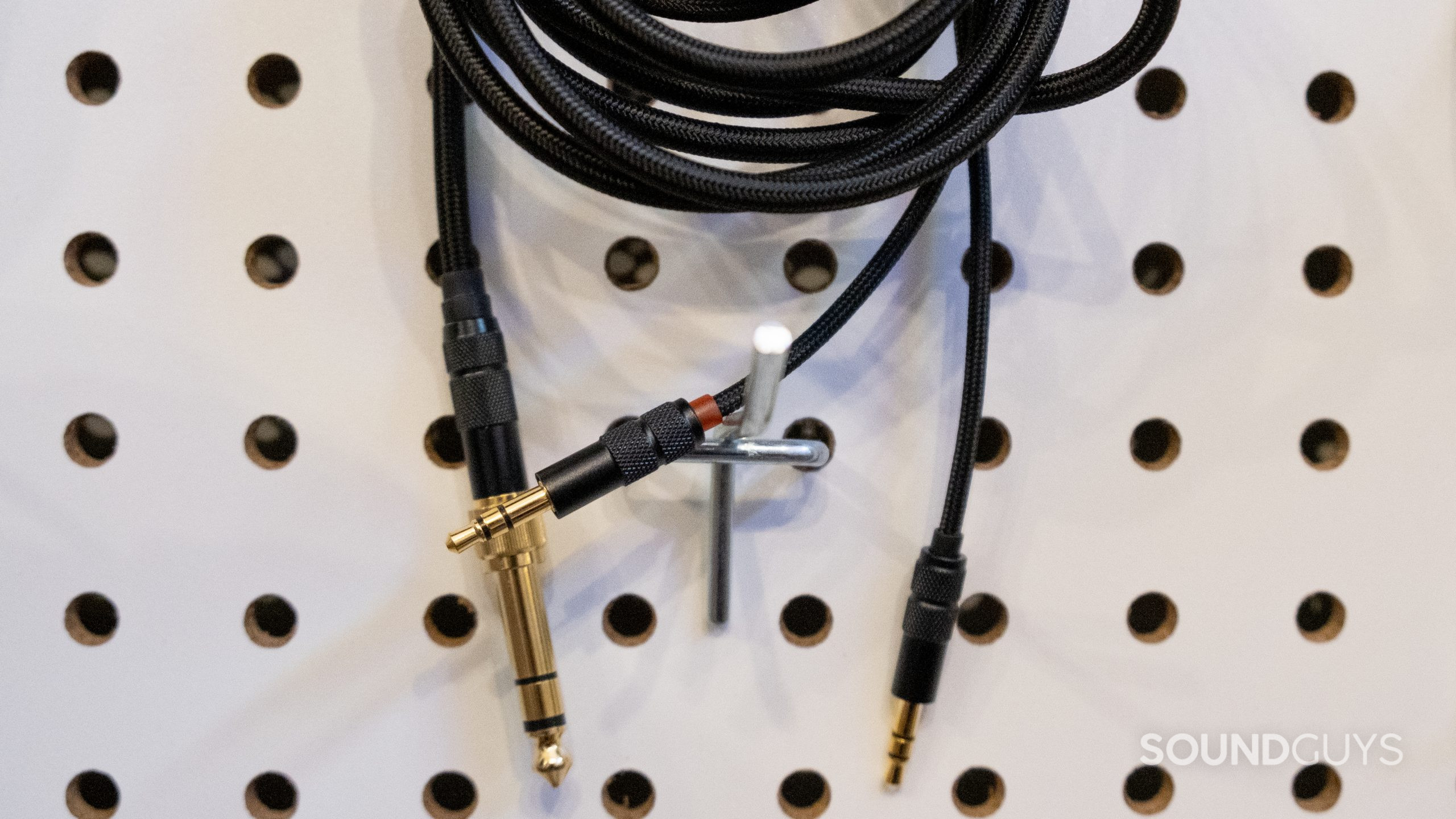
In short, you likely don’t need a headphone amp to power the Monolith M1070C. First off, if you try it and think, well that sounds really quiet, the answer is you need an amp. You can find out more specifically here.
Anecdotally, my six-year-old Macbook Pro drives the M1070C easily, and my audio interface’s headphone output does as well. If it turns out you don’t quite have the power, check out the best headphone amps. At 60Ω and 97dB/mW sensitivity, most computers can handle the M1070C. As for smartphones, it’ll depend greatly on the device.
Does the Monolith by Monoprice M1070C have good isolation?
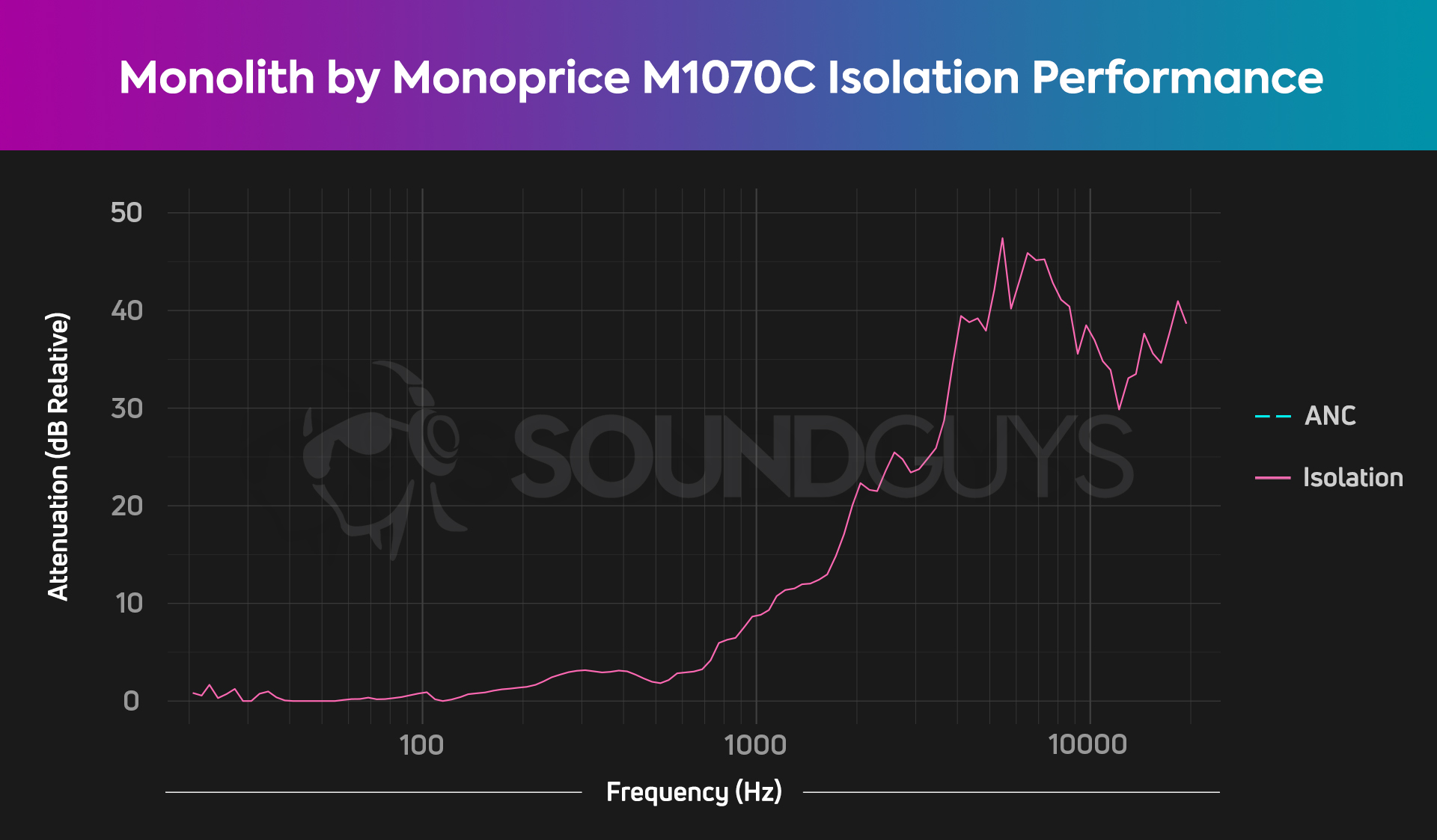
For noises above 4kHz, the M1070C blocks out between 30dB and just under 50dB—that’s a lot, but it’s also almost entirely in the treble range. So, if you were hoping to mute construction outside, this isn’t the M1070C wheelhouse.
This test was performed with the lambskin ear pads and an ideal fit around our test head. Different materials can provide varying isolating properties. Vegans should stick to the velour pads, or hunt around for some third-party leatherette pads. Bear in mind that your results will alter with different pads.
How does the Monolith by Monoprice M1070C sound?
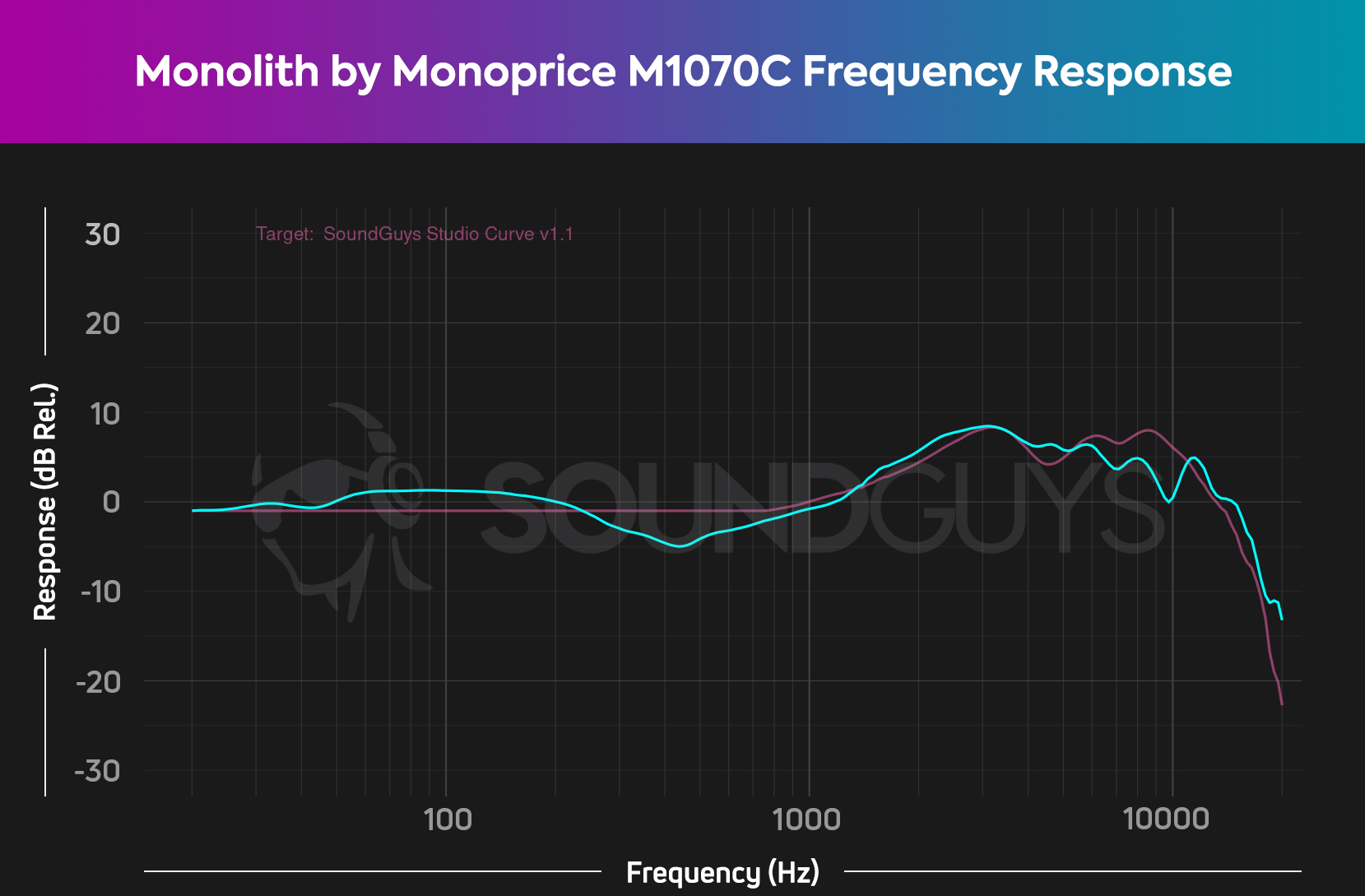
For the most part, the M1070C mimics our ideal frequency response for studio headphones, as shown in the above chart. Areas receiving the most deviation include the approximately 5dB under-emphasis at 450Hz, about a 5dB under-emphasis at 10kHz, and a slight bump in the lows at 200Hz and below. This is very close. Granted, 5dB is noticeable, but on the whole, the M1070C sounds pretty neutral.
From an analytical listener’s perspective, the M1070C does a great job of evenly revealing performances and production of the song. It doesn’t exactly provide the oomph of a more consumer-oriented headset, but it’s not skimpy with the bass either.
Lows, mids, and highs

The Britpop track, The Girl Who Wanted to Be God (2016 Remastered Version) by Manic Street Preachers sounds rather treble-heavy due to the mixing process. It is unsurprising, then, that the M1070C clearly reproduces the treble notes from the Fender Jazzmaster guitar at the intro. With such a treble-focused track, the gently under-emphasis around 10kHz makes loud guitars, high tenor lead vocals, cymbals, and string sections in the chorus sound rather pleasant.
What catches me off guard is the bass line, which I never paid much attention to before. With the M1070C, I properly notice the dancey bass line in the verse for the first time. Seeing how most people don’t listen with planar headphones like this, the song would benefit from louder bass or quieting of other instruments in the mix. These are the kinds of thoughts close listening with the M1070C encourages. Because of the accurate frequency response, you know what you hear largely represents how the sound was mixed and mastered.
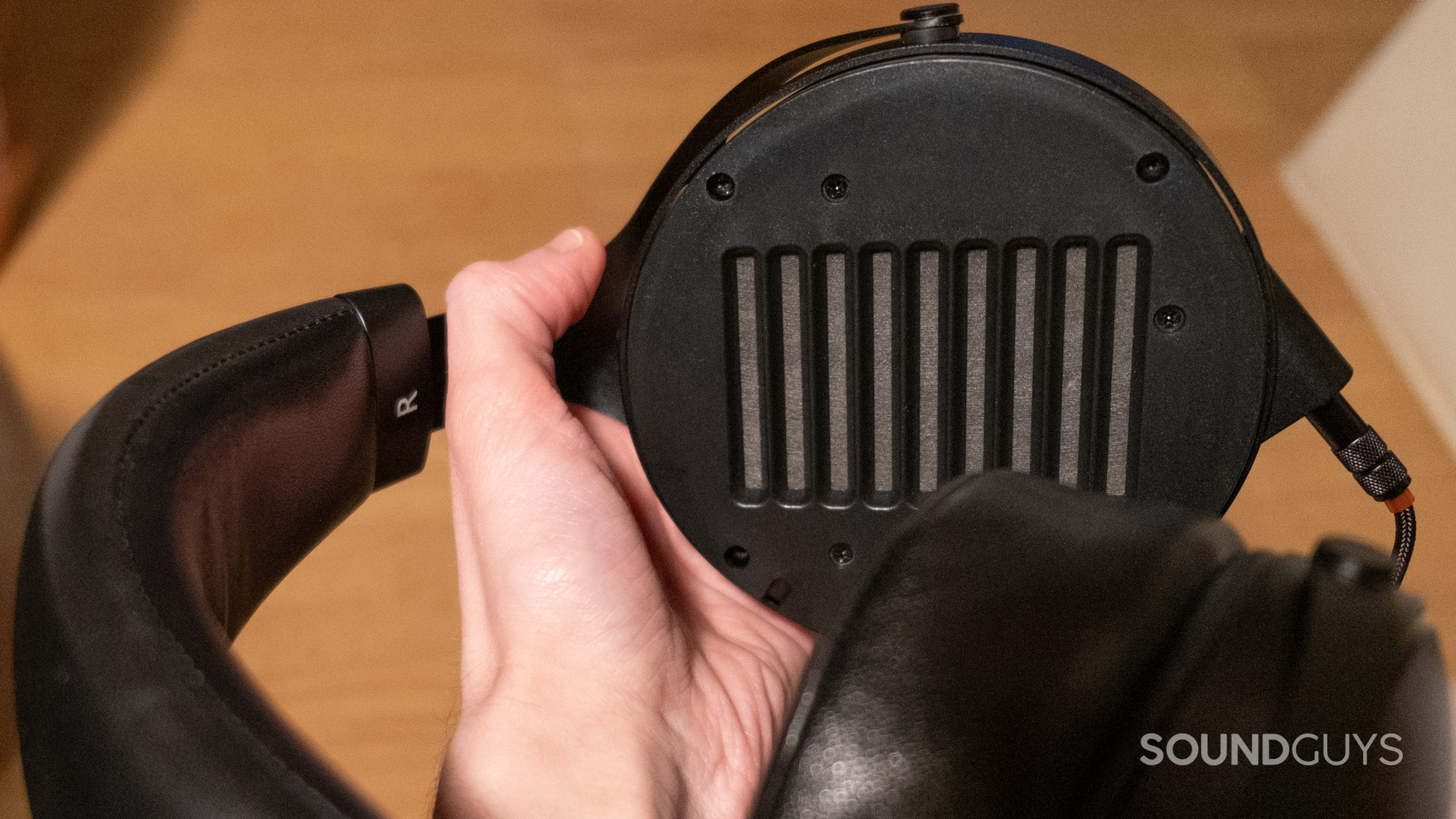
Siete Ocho – Remastered 2003 / Rudy Van Gelder Edition by Andrew Hill is a nice jazz track that the M1070C handles wonderfully. For the most part, it evenly reproduces vibraphone, upright bass, and piano. The large planar drivers and over-ear fit contribute to the headset’s ability to recreate various pans, showcasing how, where, and when each instrument moves across the headphones. Around the 3:00 minute mark, a drum solo allows the listener to hone in on the intricacies of the pattern. The M1070C also makes it easy to hear the slight ringing resonance of the low toms.
Should you buy Monolith by Monoprice M1070C?
On paper, the Monolith by Monoprice M1070C has it all. It has a great frequency response and replaceable parts. For planar drivers, it has few competitors in this price bracket, suggesting it’s a deal.
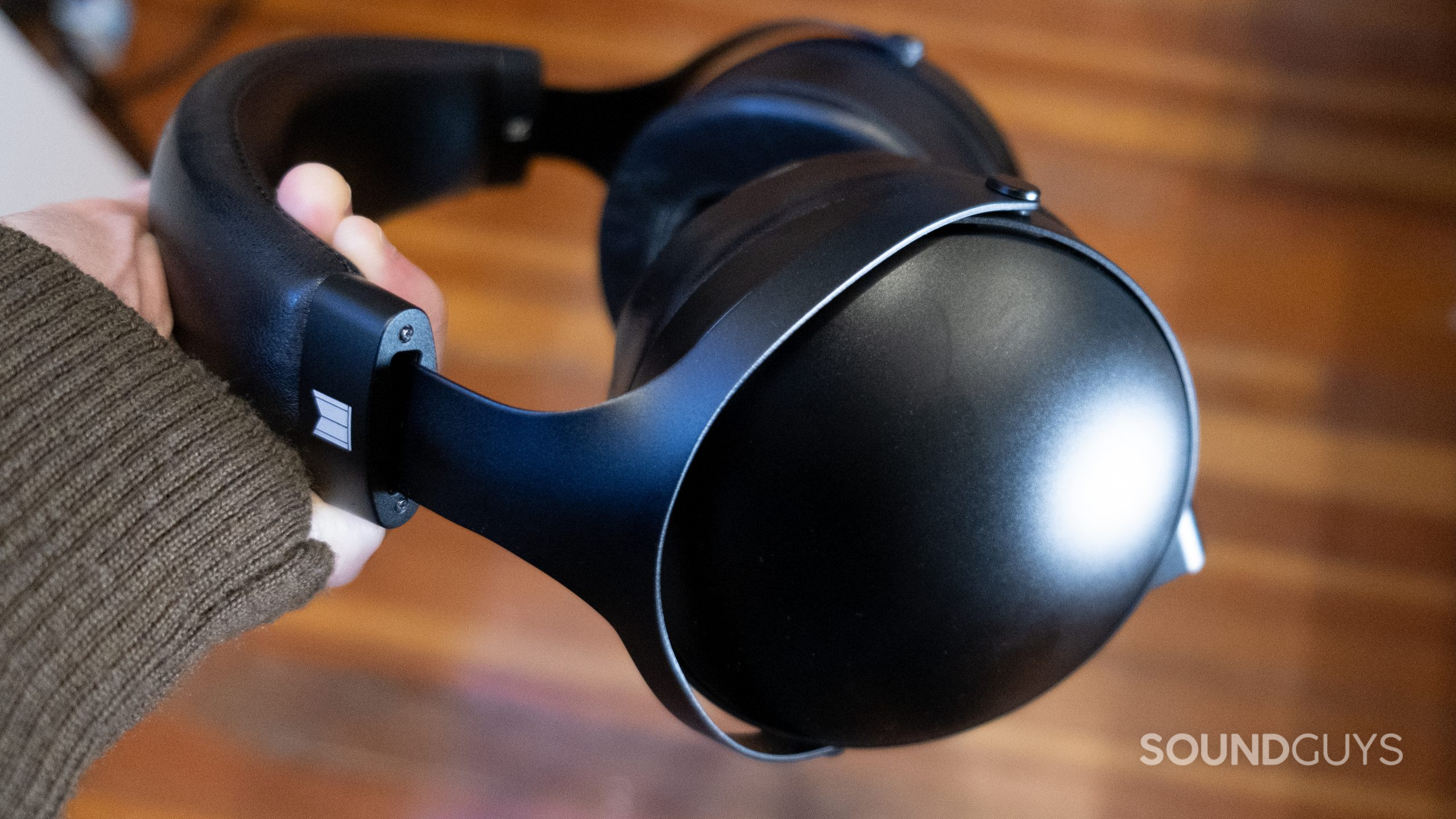
Still, the bulk and the concentration of the weight on a narrow area on the top of the head make it hard to recommend the M1070C for anyone listening longer than an hour. While the price is excellent for the sound quality, it still costs anywhere from $299 to $399 USD (depending on sales). That is a lot of money for headphones that cause discomfort after an hour.
The fact that you may need to MacGyver its clamping force through bending metal may give you pause too. You should not be able to bend headphones. Some might suggest this is a feature and not a bug; it’s a bug. Metal weakens over time if you bend it—and you will have to continue bending it. Over the course of several sessions, it’ll relax back to its default shape.

Knowing all of that, the M1070C sounds great. If you are handy you can modify the M1070C, which is a common solution in audiophile circles. It has some outstanding features, like the frequency response and good quality cabling. You can even find third-party ear pads to best suit your needs. Out of the box in its default form, it has issues stemming largely from its epic heft. This inevitably leads one to think about how much money modifications and time cost.
You might like: Monoprice Monolith M1060 review
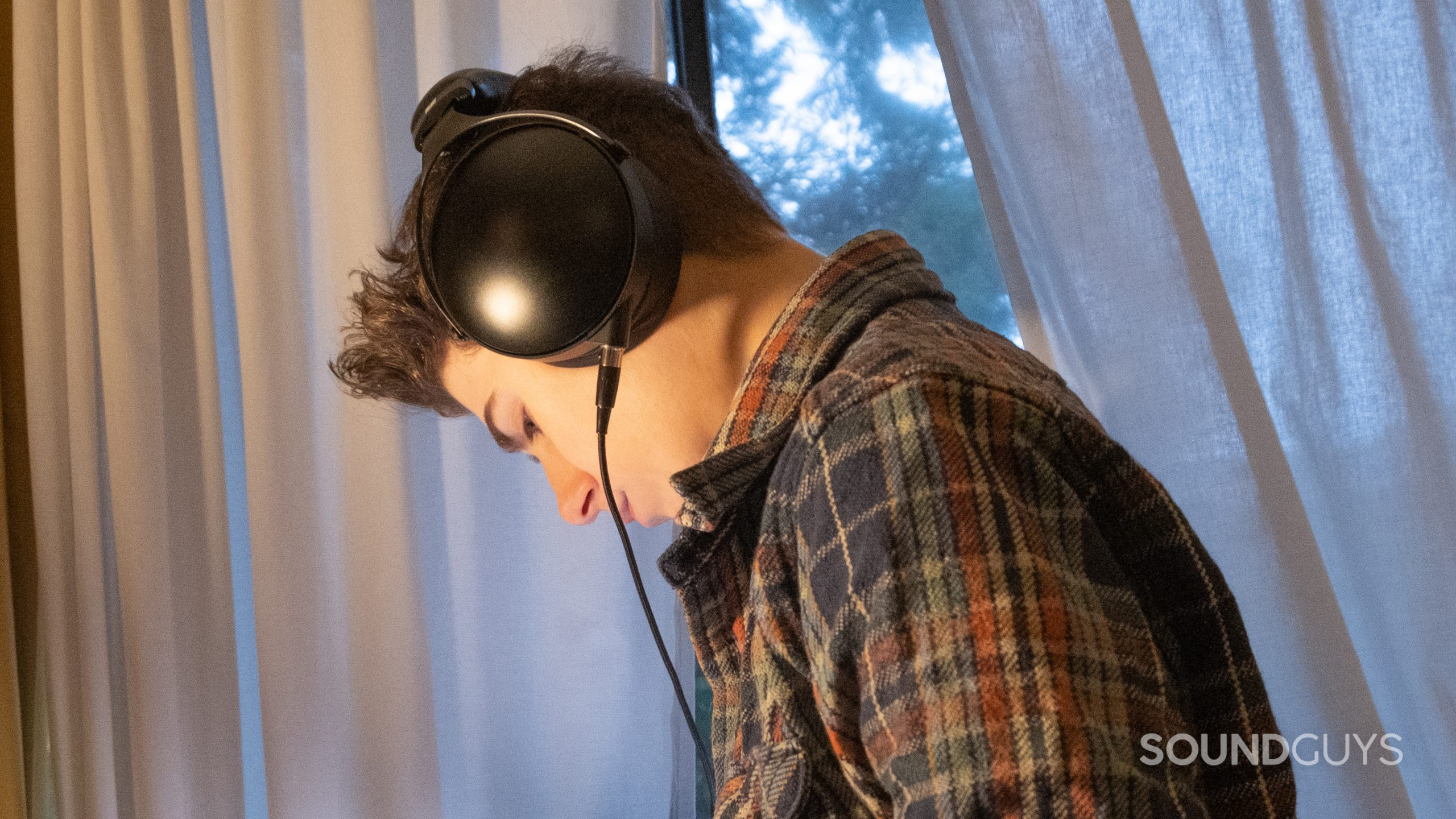
Although the M1070C and M1570C are closely related headsets, they sit differently on my head. The M1070C is a bit less comfortable than the M1570C, which more evenly distributes weight across my entire head, rather than just at the crown of it. That said, neither headset is really delightful to wear for longer than an hour at best due to their heavy weights.
Monoprice provides balanced cables for the M1570C, something you don’t get wtih the M1070C. Though, you should know, you’re really unlikely to notice a difference between unbalanced and balanced cables in this instance. You can read more about balanced cables and general cable myths, too.
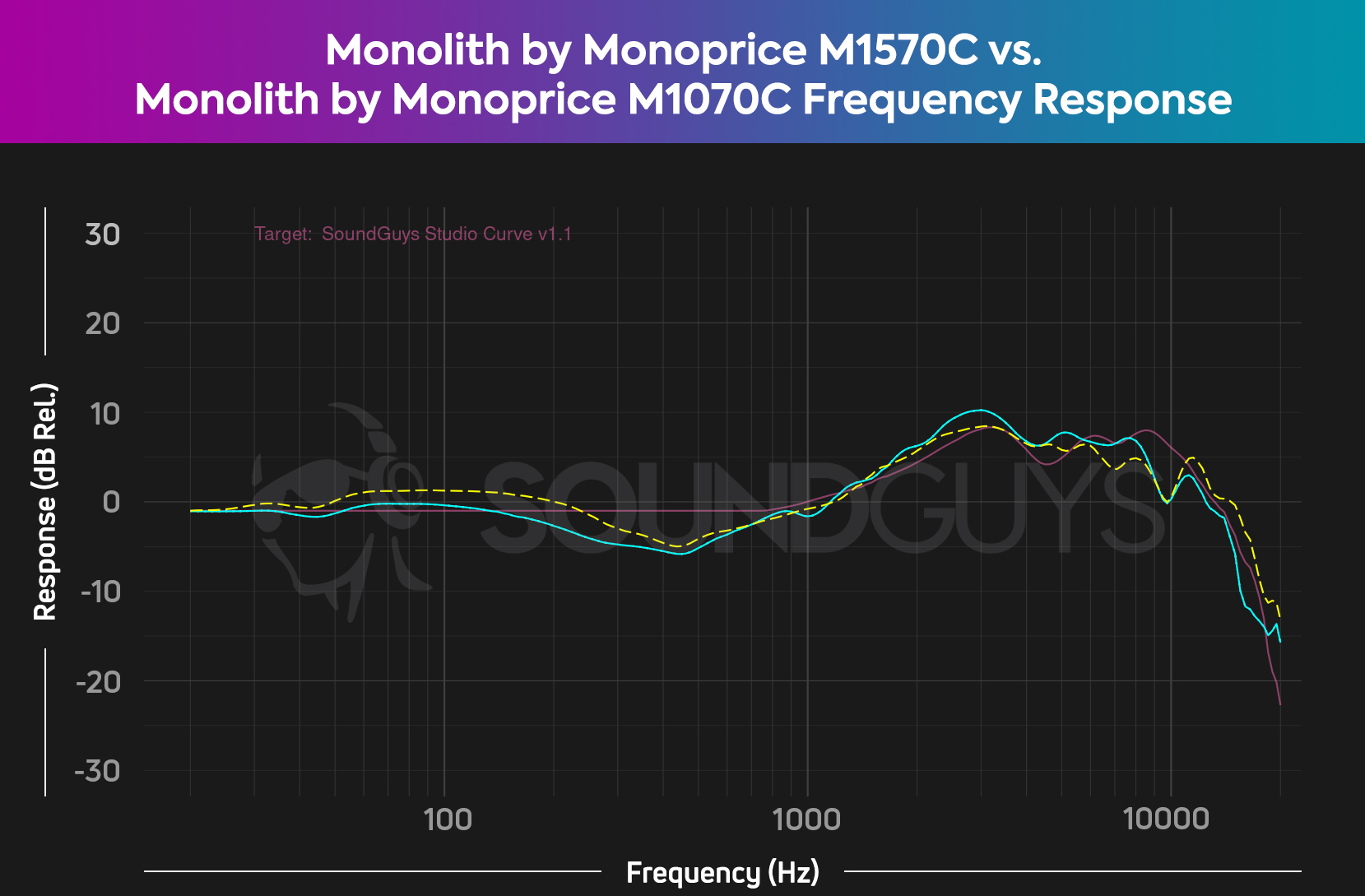
The Monoprice M1070C and M1570C sound nearly identical. Both headsets closely follow our house curve, though the pricier M1570C amplifies treble ever so slightly more than the M1070C, save for sounds above 10kHz. If you want a slightly bassier sound, the M1070C is a better option, but again, both sound great and respond well to EQ experimentation.
Unless you absolutely must have balanced connections on your headset, we recommend you buy whichever headset is available to you at a cheaper price.
What should you get instead of the Monolith by Monoprice M1070C?
If you are dead set on budget planar headphones, HIFIMAN is the other name that comes to mind. It appears that most HIFIMAN planar headphones require an amp, or at least are on the cusp of needing one. This immediately ups your total cost, but at least you can use the amp for other headphones too. Cans to consider include the Drop x HIFIMAN HE-X4 for about half the price or less, and more than 200g lighter than the M1070C. These cans are open back, so they will leak sound into the room. Build quality ranks as okay, as HIFIMAN also focuses on value which equals compromises.
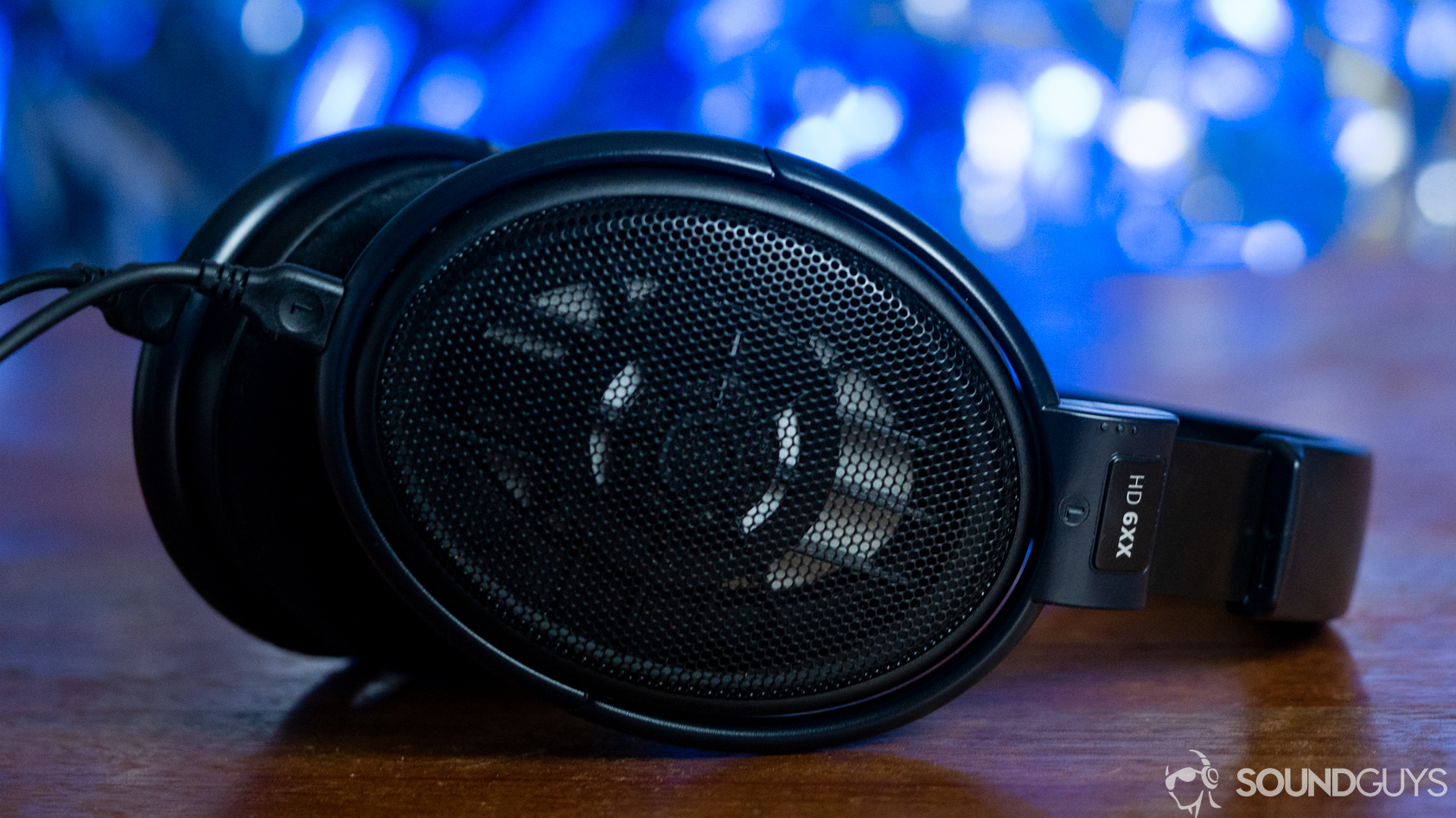
Now, just for a moment consider that you don’t need planar headphones in order to gain a good frequency response. Perfect, save your money and try the Drop x Sennheiser HD 6XX which has dynamic drivers. It’s about two-thirds the price of the M1070C. At 200g it has a solid studio-style sound and feels comfortable for hours. Depending on your setup you may need an amp. It has open-back ear cups, so you shouldn’t take it on the bus, but that’s inadvisable with the M1070C too.
If you can give up the dream of planar drivers, but still desire the lack of sound leakage closed backs provide, try the Beyerdynamic DT 700 PRO X. It sells for about the same price and is better built, with a more tolerable mass. The quality velour padding makes it extremely comfortable. In any case, you have other options besides the Monolith.
Frequently asked questions about the Monolith by Monoprice M1070C
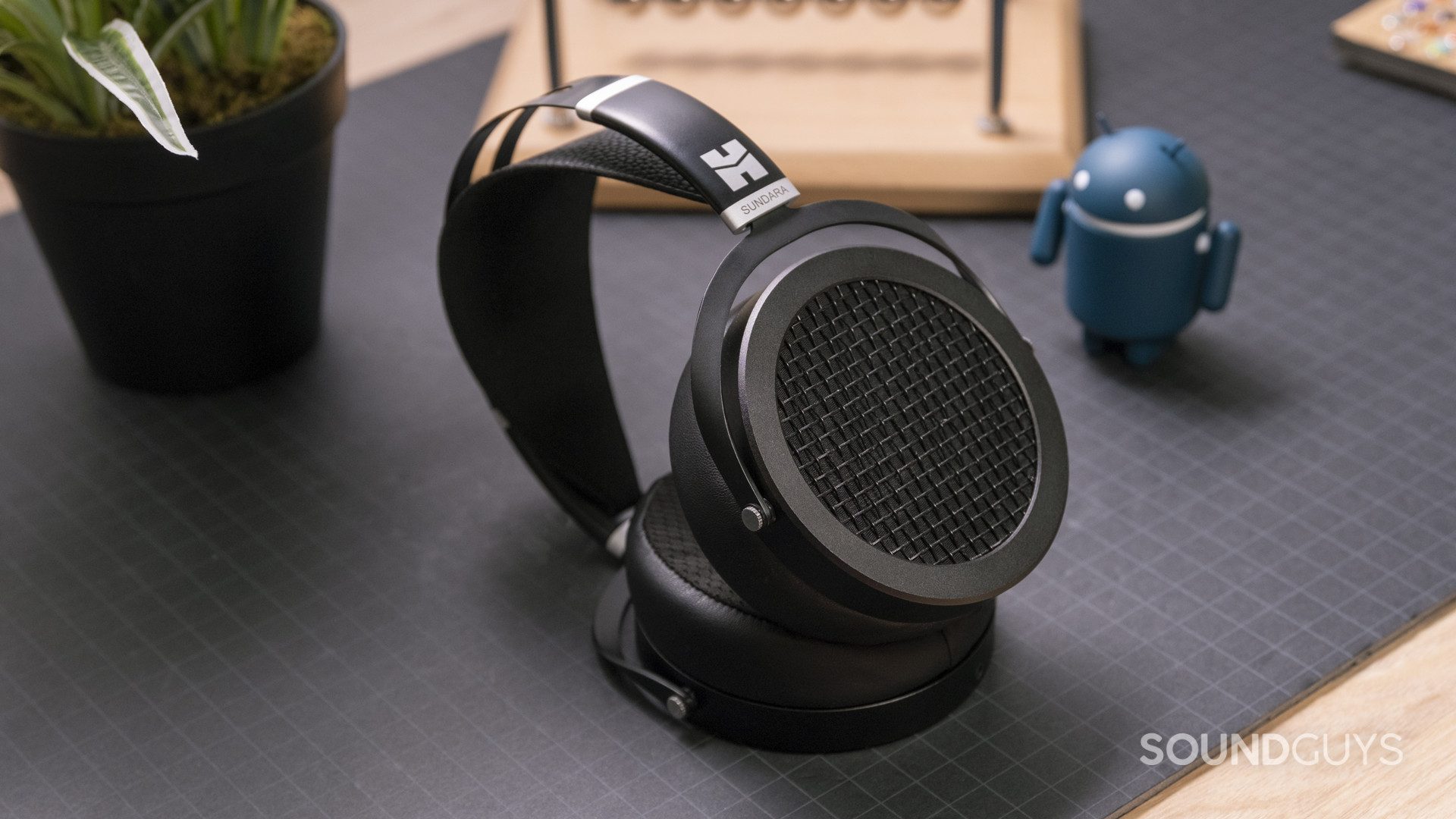
These are two very different types of headsets, where the 1070C is a closed-back headset, the Sundara is an open-back pair of headphones. A design difference like this restricts your ability to use the Sundara in noisy environments because the open build lets environmental noise in and spills the sounds of your music out. While the Monolith M1070C isn’t a commuter’s headset, you at least have a bit more leeway in taking it on a train.
All of that being said, the HiFiMan Sundara has an excellent frequency response that almost perfectly matches our target studio curve from 60Hz and up. You can see how the two headsets compare against our studio curve below:
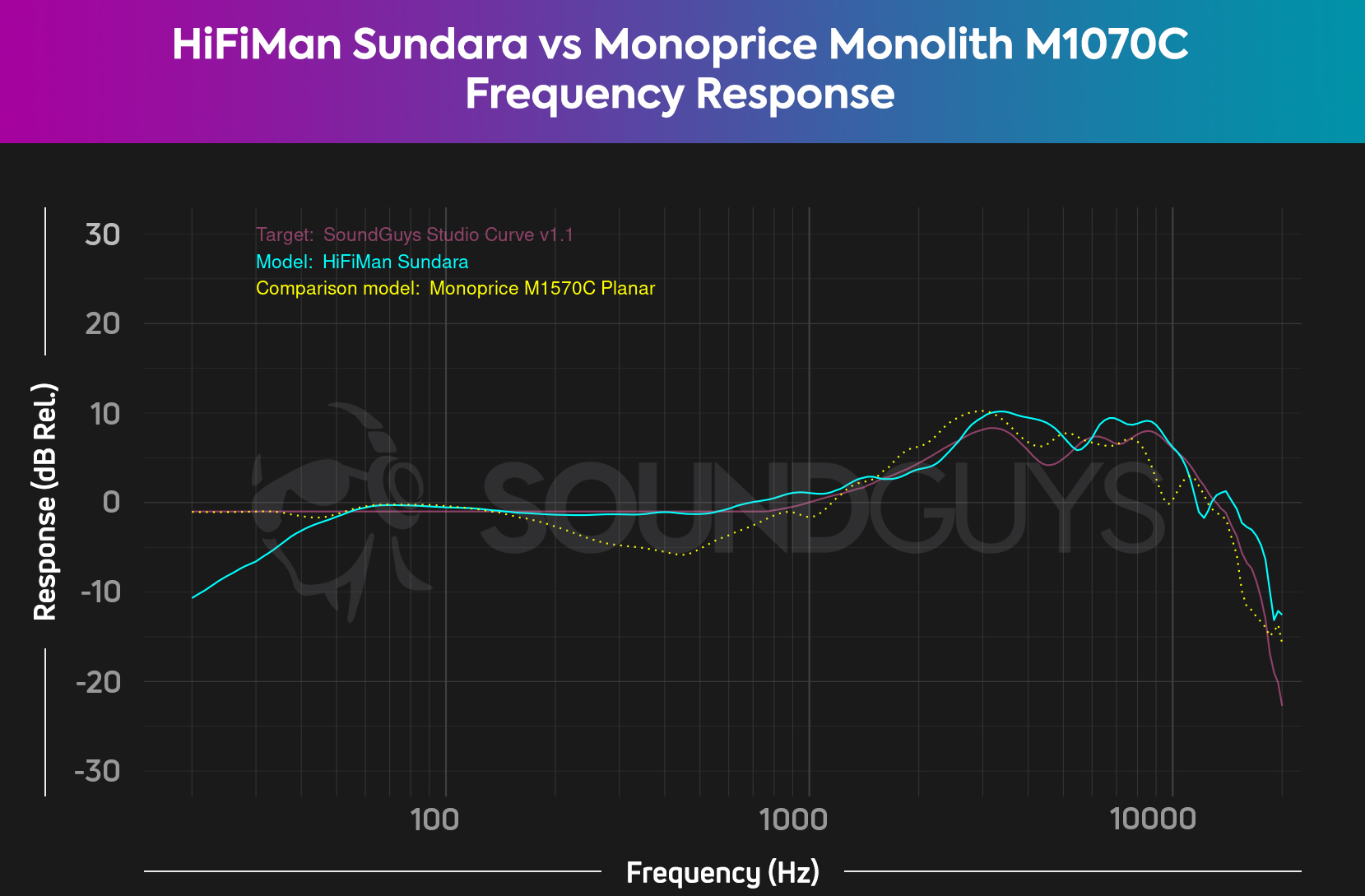
The Sundara also has a different suspension headband design which some argue is more comfortable than the traditional headband design of the M1070C. Neither headset folds to lay flat but seeing how neither isn’t billed as a portable headset, this is okay.
Ultimately, both headsets respond well to equalization and are well built, but the Sundara tends to be cheaper and sounds better. You can learn more about the Sundara in our HiFiMan Sundara review.
While you technically could use the Monolith by Monoprice M1070C for gaming, there’s no great reason to: it’s heavy, bulky, and lacks an integrated microphone. If you want a gaming headset, might we point you to a few of our best lists:
- The best gaming headsets
- The best wireless PlayStation 5 gaming headsets
- The best Xbox Series X/S gaming headsets
The Monolith by Monoprice AMT is vastly more expensive ($999 USD) than the M1070C and uses a completely different kind of driver system. With the Monolith AMT, you get air transformer (AMT) drivers that have a bellows-like shape to them. This provides more surface area to push air, meaning the drivers don’t have to move as far as dynamic or even planar magnetic ones to create sound. AMT drivers are more efficient and introduce less distortion than the ever-popular dynamic drivers, but it will cost you.